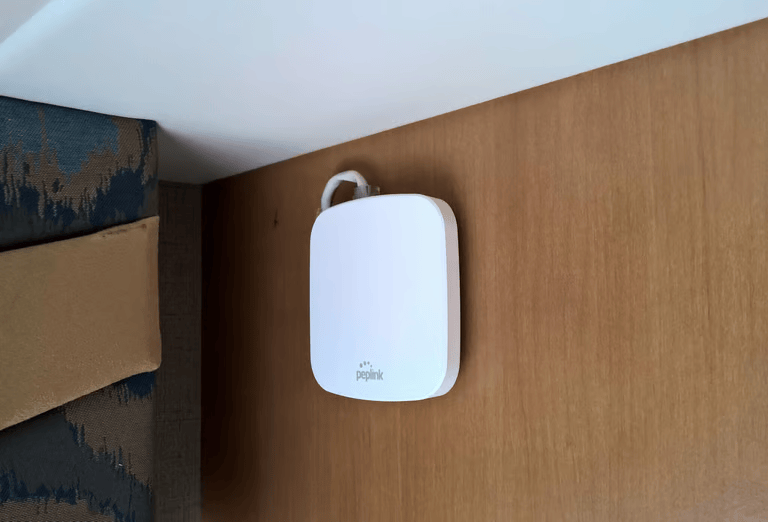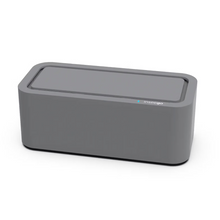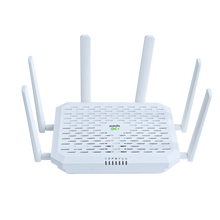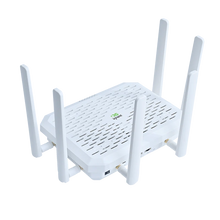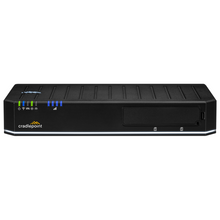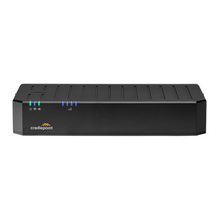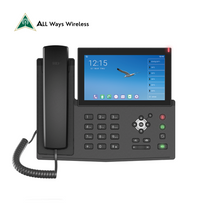1. Is the Peplink AP One Mini good enough for business use?
Yes, the AP One Mini is absolutely suitable for business environments. It supports 802.11ac Wave 2 with MU-MIMO, allowing it to serve multiple devices at the same time with fast, stable speeds. Whether you're running a café, a small office, a retail store, or even a clinic, this compact access point delivers enterprise-grade performance in a tiny footprint.
2. Does the AP One Mini require a separate power cable?
No, it doesn’t. The AP One Mini supports 802.3af Power over Ethernet (PoE), meaning it gets both power and internet through a single Ethernet cable. This makes installation simple and clean—no messy wiring, no need for a nearby power outlet. It’s perfect for mounting in ceilings, tight spots, or locations where cable management matters.
3. Can I manage multiple AP One Minis remotely?
Yes, you can manage one or hundreds of units through Peplink’s InControl 2 cloud platform. It lets you monitor device status, push firmware updates, configure SSIDs, and track usage across all your locations from anywhere in the world. You can also manage devices locally through a compatible Peplink Balance router if you prefer an on-premise setup.
4. Does the AP One Mini support guest Wi-Fi and login pages?
Yes, it supports fully customisable guest networks, including social Wi-Fi logins like Facebook. You can create separate SSIDs for staff and guests, apply bandwidth limits, and even block specific websites to maintain security and performance. This makes it ideal for public-facing businesses like cafés, salons, co-working spaces, and hotels.
5. How is the AP One Mini different from other compact Wi-Fi access points?
The Peplink AP One Mini is unique because it combines high-end performance with a tiny, discreet design. Unlike many access points that are bulky or limited to single-user streaming, this model uses MU-MIMO technology, 802.3af PoE, and is plenum-rated for safety in commercial spaces. It also supports 16 SSIDs, VLAN tagging, and web usage controls features usually found only in larger, more expensive enterprise solutions.










